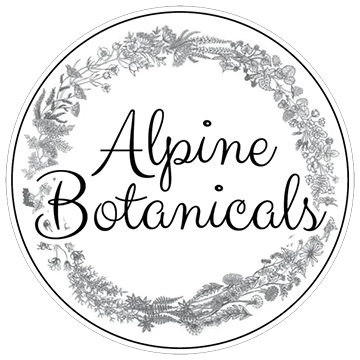Today’s practice is two-fold: starting with an introduction and video demonstration of alternate-nostril breathing, which is a technique of yogic breathing called pranayama with Certified Yoga Teacher and Director of the Gilpin CSU Extension Office Jennifer Cook; and ending with a full 30 minute hatha yoga practice recorded exclusively for our Winter Retreat by Holly Lanthier, founder of Dimple Drops and Fulcurm Flow Yoga.
To get the MOST out of today’s practices, I encourage you to apply the principles of Lectio Divina from Day 1, and to actually DO the practices – even if you’re not a “yoga person” or if you already have a well established practice, try something different and new. Enjoy!
What is pranayama?
According to Dr. David Frawley, Ayruvedic Doctor, author and teacher, pranayama means:
“…not simply breath control but the controlled expansion of the life-force. It is not the suppression of the breath, which is harmful, but contacting higher sources of prana both within and around us. Pranayama consists of deepening and extending the prana until it leads to a condition of peace. When the prana is at peace, the life-force and through it the senses, emotions, and mind are put to rest. Pranayama is another important ayurvedic method for increasing vigor and vitality and promoting the power of healing.”
p 52-53, Yoga & Ayurveda: Self Healing and Self Realization, (c) 1999 by Dr. David Frawley, Lotus Press
Why & how to practice pranayama, by Jennifer Cook
Your Mood and Attitude, Made from Scratch
Each day, we get to decide our mood. It’s up to us to set the compass of our heart in the right direction. Yes, there are events that are out of our control, but how we take those on is up to us. We can decide to be happy and positive, or grouchy and negative.

External forces are always trying to push us out of balance: stresses, health, weather (high winds make me so frazzled), the people around us, all can influence how we feel. Our moods can be volatile if we let them. But there are techniques we can use to try and tame our mood swings, and keep us feeling balanced and grounded. Here are two of my go-to exercises, that I utilize regularly to keep myself feeling happy and balanced.
Gratitude
The feeling of gratitude opens up our heart space and makes us feel good. This is so simple. Think of 5 things you are thankful or grateful for. Try to do this every day for a few weeks and you will see a shift. There is so much to be thankful for. We are so lucky!
Alternate Nostril Breathing
Alternate nostril breathing is a simple yogic breath exercise that calms the parasympathetic nervous system. This practice relaxes your heart rate, reduces anxiety, and promotes an overall feeling of wellbeing. It only takes a few minutes to feel the effects.

Try alternate nostril breathing with this short video instruction – https://youtu.be/iirNpX5s8f4
Here’s a research study on effects of alternate nostril breathing: https://www.ncbi.nlm.nih.gov/pmc/articles/PMC3681046/
About the author
Jennifer Cook brings 25 years of yoga practice and body/mind/spirit exploration. She is a certified yoga teacher, nature lover and outdoor adventurer. Yoga helps her find balance and abundance in life and she relishes sharing this with others. Her special interest is in harmonizing with our seasons and moon phases with yoga and spiritual practices. Jennifer’s professional job in conservation land management jives with her desire to help people connect with nature through both education and yoga. Jennifer is the new Gilpin County CSU Extension Director https://gilpin.extension.colostate.edu/
What is Hatha Yoga?
Hatha Yoga is practiced widely in the West, and is commonly experienced as a series of physical postures, stretching and series of exercises called asana. According to Dr. Frawley,
“Asana means right posture or posture in harmony with our inner consciousness. Its aim is a sustained and comfortable sitting posture to facilitate meditation. Asanas bring balance and harmony to the physical body, particularly the musculoskeletal system that is the support of the body. Asaa is part of the ayurvedic treatment system for the physical body. Postures can be used to increase vitality or to balance the doshas. They can be adjusted to target certain organs or weak spots in the body.”
p 52, Yoga & Ayurveda: Self Healing and Self Realization, (c) 1999 by Dr. David Frawley, Lotus Press
Holly Lanthier, Certified Yoga Teacher and founder of Dimple Drops and Fulcurm Flow Yoga, has created this simple and joyful hatha yoga practice for our Winter Retreat this year, and I encourage you to integrate it into your daily ritual! Enjoy!
BONUS VIDEO!
For those of you who are hands on and DIY, you will LOVE this video from Holly Lanthier demonstrating how to make wooden bead essential oil diffusers and homemade yoga mat spray! Enjoy!














Pingback: The Holistic Homestead, Health Starts at Home, Here's to your Health!
Pingback: The Holistic Homestead, Health Starts at Home, Here's to your Health!